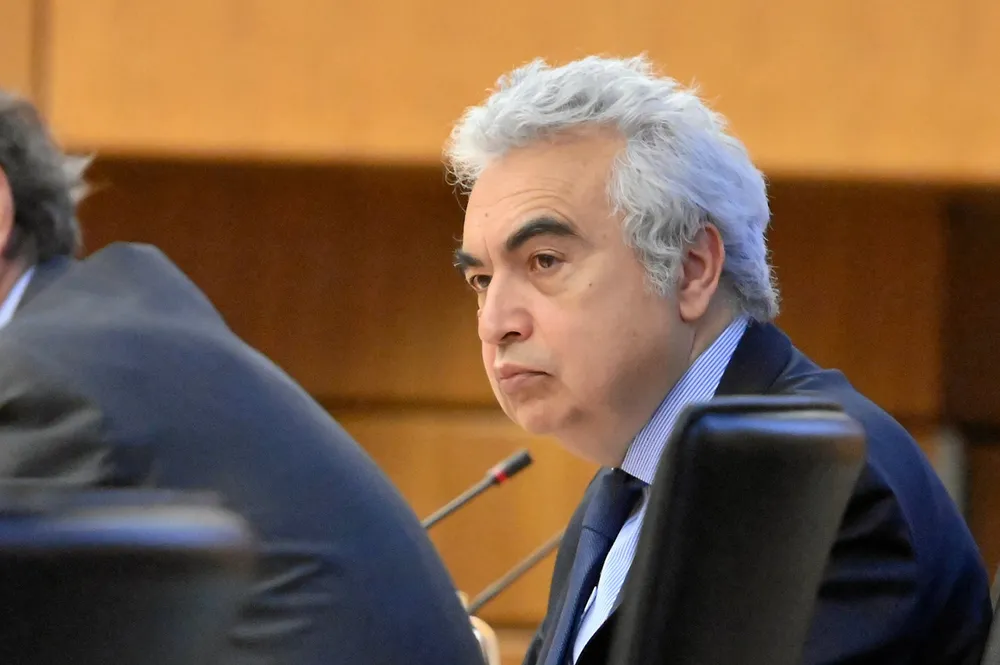'Crucial' Ukraine builds more wind turbines that can evade Russian missiles: IEA
Wind turbines spread over large areas are harder to hit with missiles than thermoelectric facilities and other centralised forms of power generation

Ukraine must speed up its deployment of wind and solar farms as they are less vulnerable to Russian missiles than power plants, said the International Energy Agency (IEA) in a report on how to ready the country for the coming winter.
The IEA today published a report outlining ten immediate actions it said Ukraine and its partners can take to “address the country’s urgent energy security vulnerabilities and bolster longer-term energy resilience.”
Ukraine’s energy system has endured two winters since Russia launched its invasion in 2022. Russia has pummelled Ukraine’s power generation facilities with missiles since then, launching one of its largest attacks last month.
“Even before an unprecedented wave of attacks in late August,” the IEA said that “more than two-thirds of Ukraine’s pre-war power generation capacity was not available because it was destroyed, damaged or under occupation.”
“The situation in Ukraine is one of the most pressing energy security issues in the world today,” said IEA executive director Fatih Birol.
“Ukraine’s energy system has made it through the past two winters thanks to the resilience, courage and ingenuity of its people and strong solidarity from its international partners. But this winter will be, by far, its sternest test yet.”
One of the actions the IEA said could shore up Ukraine’s battered power system is to “increase and decentralise power supply.”
“Large energy assets are more vulnerable to attack, so decentralisation brings clear security benefits,” it said.
“Accelerating deployment of smaller-scale gas-fired combined heat and power plants, and solar PV and wind systems complemented by batteries and other storage technologies is crucial to increase the resilience of supply,” it said, also noting the influx of diesel generators to provide backup power.
Another key measure set out by the IEA is to “expedite the delivery of equipment and spare parts” to replace and repair damaged facilities.
The IEA said that “quickly implementing” the changes that had been made and “considering extensions to include all critical components, such as the main components of wind turbines, will shorten timelines for the repair and retooling of Ukraine’s energy infrastructure.”